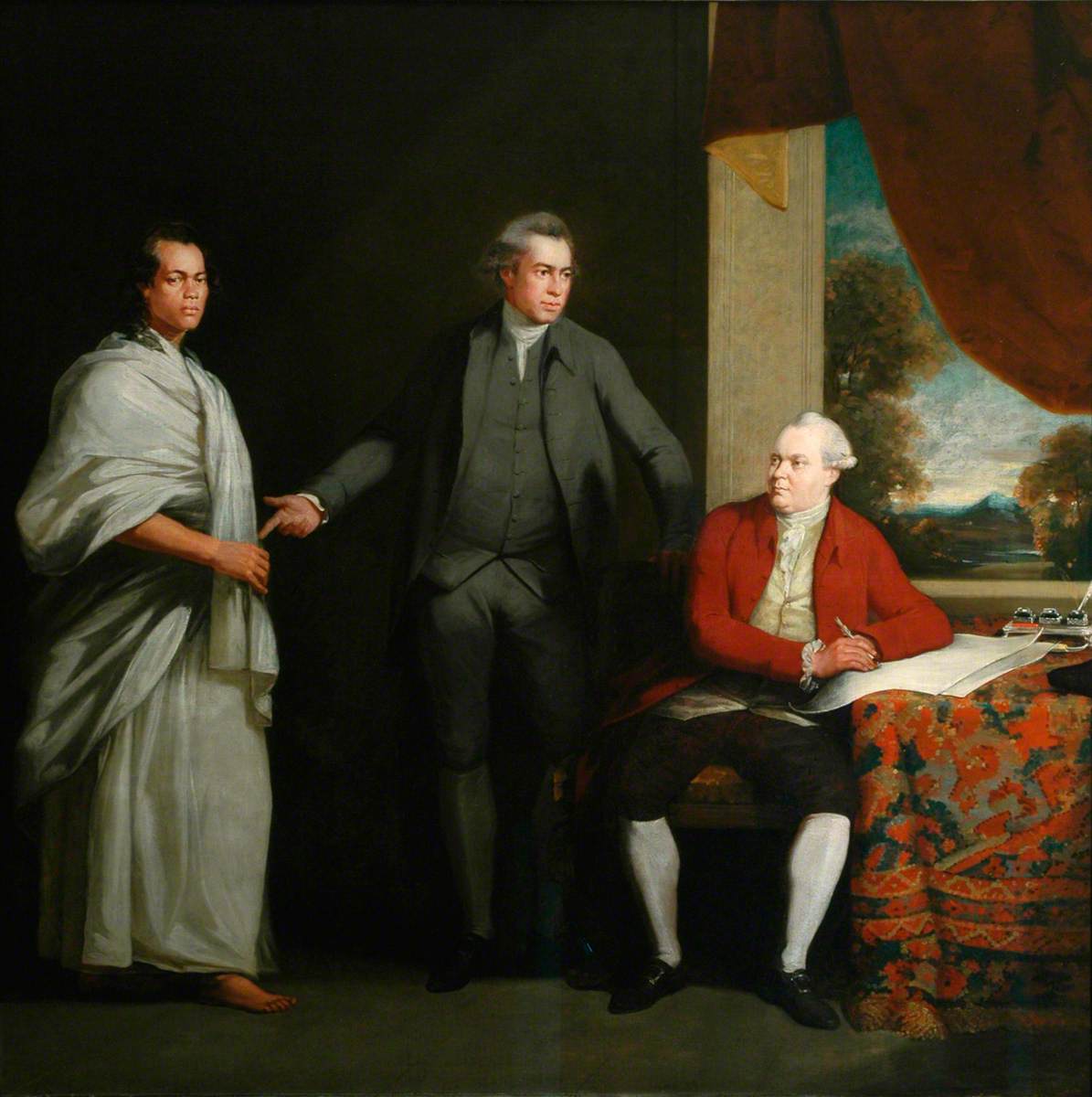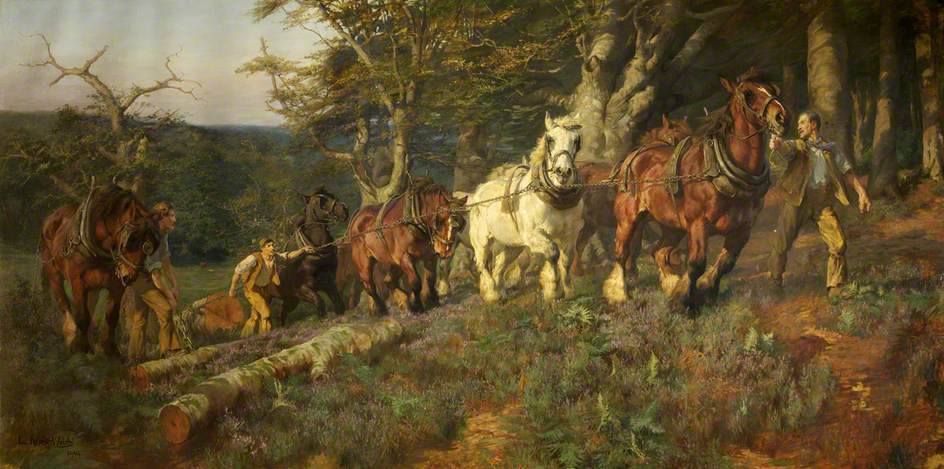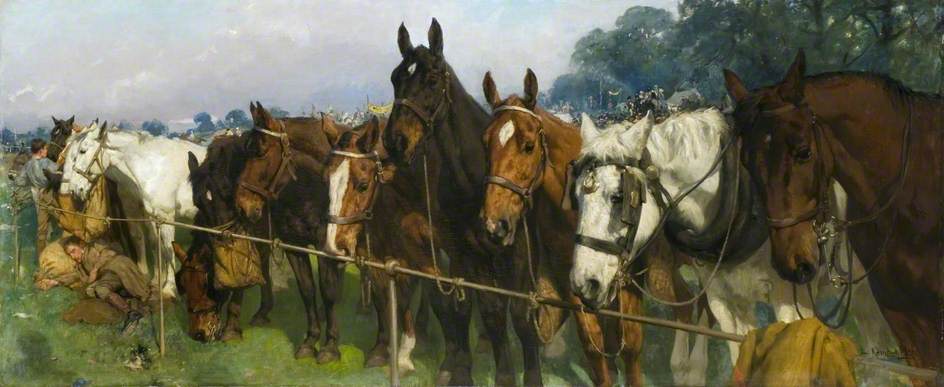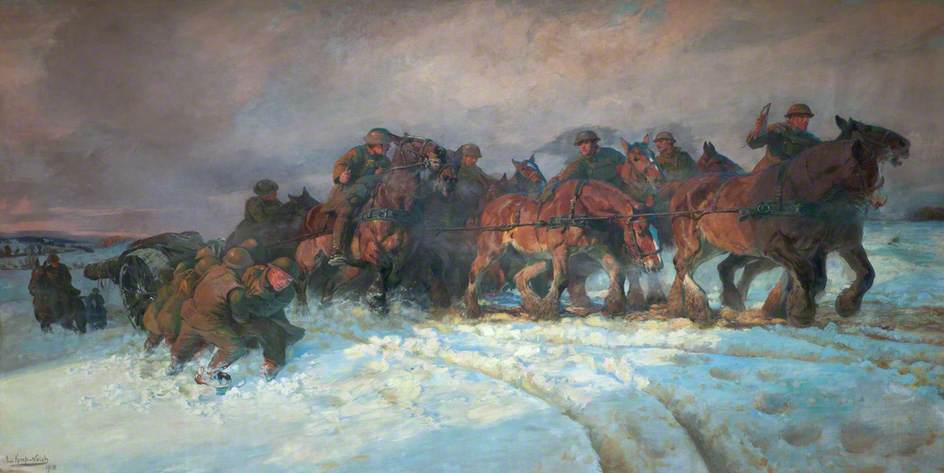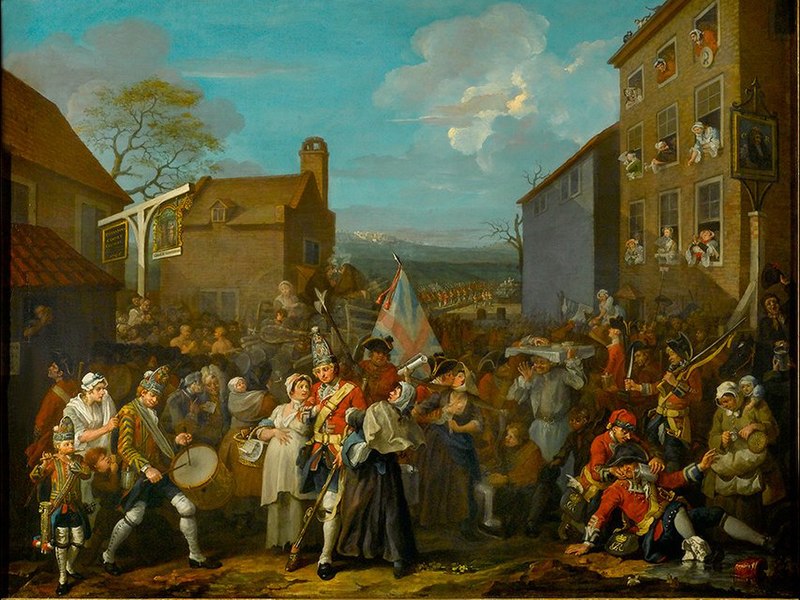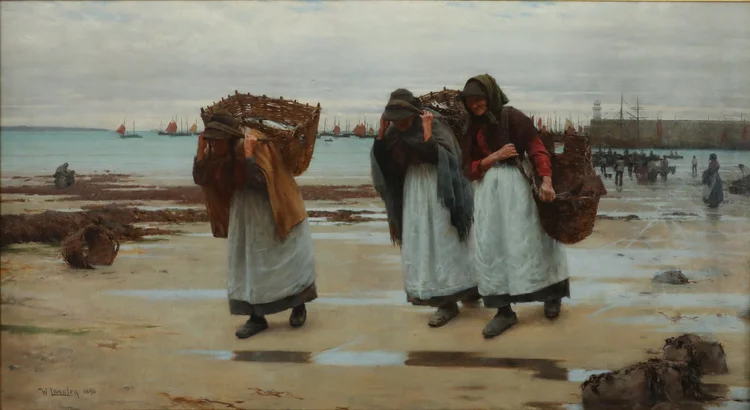Joshua Reynolds, Omai, c.1776, private collection
Joshua Reynolds painted the Polynesian islander from Raiatea known as Omai in around 1776, when he was something of a celebrity in London. Mai (to give him his correct name) had arrived in Britain two years earlier, having hitched a ride on HMS Adventure, one of the ships from Cook's second expedition under the command of Tobias Furneaux.
Mai had a dramatic backstory, which undoubtedly appealed to the British who befriended him both in the Pacific and in London. Born around 1751, the son of a landowner, he fled to Tahiti after his father was killed in a local dispute. He first encountered the British there in 1767 when the island was 'discovered' by HMS Dolphin during its second circumnavigation and seems to have been injured in a confrontation with the vessel. He was subsequently held captive on Borabora as part of the same dispute which had led to his father's death, before escaping to Huahine, where he met Furneaux and Cook.
/https://tf-cmsv2-smithsonianmag-media.s3.amazonaws.com/filer/77/d0/77d06de2-1bdb-4084-8067-0b76472d2eb3/omiah_the_indian_from_otaheite_presented_to_their_majesties_at_kew_by_mr_banks__dr_solander_july_17_1774.jpeg)
Mai was received in London as a star novelty. He was befriended by Joseph Banks and Daniel Solander, the botanist, both of whom he had met during Cook's first voyage; attracted celebrities like Samuel Johnson and Fanny Burney who both wrote about him; regularly attended meetings at the Royal Society and was introduced George III. He returned to Huahine in 1776, travelling with Cook's third voyage, which was popularised as a way of returning Mai to his homeland. He settled in some style on the island, living in a European-design house and attended by Maori servants, but only survived until 1779.
William Parry, Omai, Sir Joseph Banks and Dr Daniel Solander, c.1775,
Captain Cook Memorial Museum, Whitby
Reynolds' portrait exploits the artist's established Grand Manner style to present Mai in non-Western dress, against a generalised 'exotic' landscape background in the very recognisable pose of the classical Apollo Belvedere. Despite the fact that Mai quickly adopted European clothes - a very short-sighted Samuel Johnson recalls not being able to distinguish him from other British visitors because his dress and manners were so Westernised - Reynolds' choses to emphasise his otherness but does so in a reassuring and non-specific way. The robes have been given a North African make-over, completed with the addition of a turban, to create what would have been for Reynolds' audience a more familiar version of Oriental garb. Only the subtly visible tattooing on Mai's hand and wrist gives an authenticity, easily missed in a eight foot canvas. Parry's portrait, which shows Mai with head bare, seems a more authentic representation, repeated by Nathaniel Dance, and indeed in Reynolds' own sketch.

Engraving after Nathaniel Dance, Omai, 1774, National Portrait Gallery
If Reynolds' interpretation is not an accurate reflection of Mai, the visitor who clearly embraced, and was embraced by, British culture, neither it is an accurate representation of the Polynesian who stepped off the Adventure. Instead he carefully repositions Mai as a 'noble savage', his exoticism contained within recognisable tropes of otherness. To a certain extent he was simply buying into the persona which Mai himself seems to have adopted by playing up his royal connections and social status. However, what the painting completely fails to convey is the ambivalence and complexity of Mai's reception in eighteenth century society. The British he met were intrigued and frequently admiring of him, yet they found him childlike and ignorant - his failure to master English was a source of humour. Equally there were bawdy rumours about his attractiveness to highborn women which suggests he was, in a limited sense, seen as sexually threatening.
Reynolds' painting is not the only one of Mai which we have. In 2002 Parry's portrait was saved for the nation after a join campaign by the Captain Cook Memorial Museum, the National Portrait Gallery and the National Museums of Wales. Parry is a much less well known artist, perhaps, but as a record of Mai's visit and reception his painting stands comparison to Reynolds' version. In addition there are a number of prints which record his appearance. Equally, there are better examples of Reynolds' interaction with non-European subjects. His portrait of Huang Ya Dong painted around the same date for the duke of Dorset, shows the young man seated cross-legged and wearing Chinese dress. Huang had travelled to Britain with a member of the East India Company which was trading in Canton, and was much in demand for his knowledge of oriental botany. Reynolds also painted a much copied portrait, possibly of Francis Barber, the freed Black slave who was servant to Samuel Johnson; possibly of Reynolds' own Black servant who acted as a model in other portraits. The strikingly characterful, unfinished image stands in marked contrast to the anonymous sidelined images of Black attendants which often appear in Reynolds' portraiture of the British upper classes.
The portrait of Mai is a wonderful example of Joshua Reynolds' work, but it is only one of many such examples of his Grand Manner paintings in British collections. The subject is unusual but it is not unique, either in terms of images of the Polynesian, or in terms of Reynolds' representation of global majority subjects. £25 million could buy a number of interesting works by, and of, under-represented groups, and British collections are full of unheralded works which have stories to tell. We don't need this painting and spending such a vast amount of money on it simply reinforces the Old Master canon just at a time when galleries are finally starting to think outside the restrictions of that particular box.

/https://tf-cmsv2-smithsonianmag-media.s3.amazonaws.com/filer/77/d0/77d06de2-1bdb-4084-8067-0b76472d2eb3/omiah_the_indian_from_otaheite_presented_to_their_majesties_at_kew_by_mr_banks__dr_solander_july_17_1774.jpeg)
